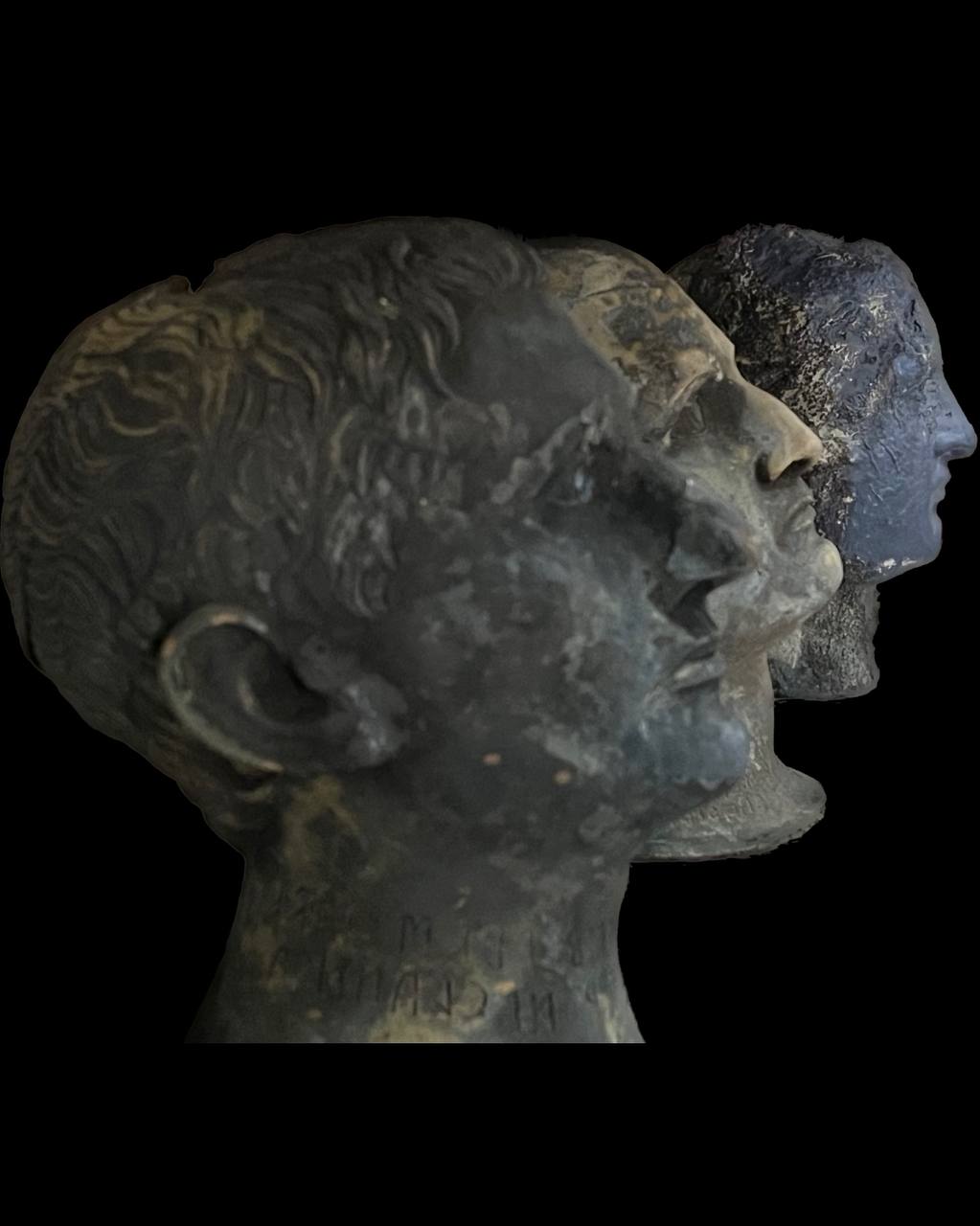The discovery of 24 bronze statues in an ancient thermal spring in Tuscany could redefine our understanding of the beginnings of the Roman Empire. Dated to around 2,300 years ago, the incredible figures provide new evidence that the ancient Romans may have prayed alongside their old enemy the Etruscans, even in times of war.
Though major gaps exist in our knowledge of the Etruscans, this mysterious civilization is believed to have been the first major superpower in the Mediterranean. Hailing from Etruria – which spanned northern and central Italy – the Etruscans founded many of the region’s iconic cities, including Florence and Pisa, and laid the foundations for the glory of Rome.
In spite of their achievements, however, the Etruscans were eventually defeated by the Romans after a protracted period of conflict that continued throughout the first and second centuries BCE.
The newly discovered statues were found in the sacred baths of San Casciano dei Bagni near Siena, some 160 kilometers (100 miles) north of Rome. Many of the pieces depicted Greco-Roman gods such as Apollo and Igea – the goddess of health – and bore inscriptions in both Etruscan and Latin.
Such a detail is hugely significant given that the artefacts came from an era of massive social upheaval, when Tuscany was transitioning from Etruscan to Roman rule. Commenting on the importance of this finding to AP, project coordinator Jacopo Tabolli explained that “while there were social and civil wars being fought outside the sanctuary … inside the sanctuary the great elite Etruscan and Roman families prayed together in a context of peace surrounded by conflict.”

The figurines have remained encased in mud for over 2,000 years. Image credit: Ministero Della Cultura
“This possibility to rewrite the relationship and dialectic between the Etruscan and Romans is an exceptional opportunity,” he said.
Alongside the bronze statues – which remain in excellent condition thanks to the mud which has encased them for over two millennia – the researchers also discovered 5,000 gold, silver and bronze coins. And while some statues depicted deities, others represented human body parts and were probably offered to the gods during occult healing ceremonies.
“This is almost an X-ray of the human insides from the lungs to the intestines,” said Massimo Osanna from the Italian Ministry of Culture in reference to a bronze depiction of the respiratory system. “There are ears and other anatomical parts like hands. So, all these things that curative waters and the intervention of the divinities would have been able to save.”
The artefacts are currently undergoing restoration work at a nearby laboratory, and will soon be displayed in a brand new museum in San Casciano.
Source Link: Amazingly Preserved Statues Retell History Of War And Peace In Ancient Rome